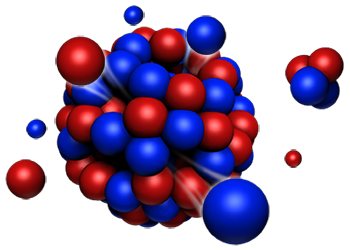Speaker
Description
Dynamical properties in materials are of great importance in the field of neutron scattering. There are 6 inelastic scattering neutron beamlines in the Materials and Life Science Facility (MLF) in the Japan Proton Accelerator Research Complex (J-PARC), covering a wide dynamic range from 10$^{-4}$ meV to 10$^{3}$ meV [1,2]. A high energy part above sub-meV is covered by 4 direct-geometry spectrometers: HRC, AMATERAS, 4SEASONS, and POLANO, while $\mu$eV and sub-$\mu$eV dynamics are covered by an indirect-geometry spectrometer DNA and the spin echo instrument suite VIN ROSE, respectively. HRC is a high-energy and high-resolution Fermi chopper spectrometer. It can reach the highest energy in the MLF spectrometers, and is equipped with the neutron Brillouin scattering option. The disk chopper spectrometer AMATERAS is a powerful instrument with cold neutrons, and is capable of controlling pulse shapes by a combination of multi disk choppers. 4SEASONS is another Fermi chopper spectrometer, and is designed to provide high flux with middle energy resolution with thermal neutrons. POLANO is a Fermi chopper spectrometer particularly designed for neutron polarization analysis. It started user programs with non-polarized beams quite recently, and the final goal is to achieve polarized neutron experiments with high energies over 100 meV. DNA is a near-back scattering crystal analyzer spectrometer. It can achieve high resolutions with a pulse-shaping chopper. VIN ROSE consists of two spin-echo instruments, NRSE and MIEZE. The former is suitable for studying the slow dynamics of soft condensed matter with high energy resolution, while the latter offers the advantage of flexible sample environments. VIN ROSE started user program recently with the MIEZE instrument. The suite of these 6 spectrometers in MLF now contributes the scientific research activities, and produced scientific outcomes in a diverse research fields such as superconductivities, quantum spin systems, energy materials, amorphous materials, liquids, and soft and biological matters. In this presentation, we review the major specifications, recent upgrades, and outcomes of the MLF neutron spectrometers.
References
[1] H. Seto et al., Biochim. Biophys. Acta, Gen. Subj. 1861, 3651 (2017).
[2] R. Kajimoto et al., Physica B 562, 148 (2019).

